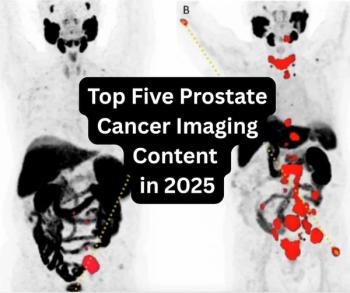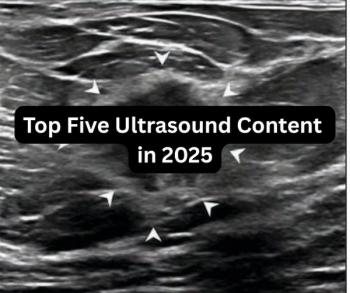
Challenging the IDR Process of the No Surprises Act
In an exclusive video interview with Diagnostic Imaging, Josh Cooper, vice president of congressional affairs for the American College of Radiology (ACR), and Thomas Hoffman, vice president of legal for the ACR, discuss the ACR’s lawsuit over the IDR process of the No Surprises Act and the potential impact of the law on reimbursement and patient access to care.
The No Surprises Act, which went into effect on January 1, is intended to curtail surprise medical bills for patients who receive emergency care at out-of-network facilities and non-emergency care provided at in-network facilities. However, a key aspect of the law’s independent dispute resolution (IDR) process, as noted in the interim final rule for the legislation, has drawn legal challenges from medical organizations including the American College of Radiology (ACR).
According to the ACR, the IDR process, which providers can use to negotiate reimbursement amounts from insurers, was intended to consider several factors, including patient complexity, scope of services and qualified payment amount (QPA). However, the interim final rule for the legislation establishes the QPA, set by insurers, as the primary determining factor for the IDR process, notes the ACR. The ACR, along with the American College of Emergency Physicians and the American Society of Anesthesiologists, recently filed a lawsuit against the United States Department of Health and Human Services (HHS), challenging this provision of the IDR process of the No Surprises Act.
In a recent video interview, Thomas Hoffman, JD, CAE, vice president of legal for the American College of Radiology (ACR), and Josh Cooper, vice president of congressional affairs for the ACR, discussed the lawsuit and the potential impact of the current law’s IDR process upon reimbursement for radiologists and access to timely imaging for patients. Watch below.
Newsletter
Stay at the forefront of radiology with the Diagnostic Imaging newsletter, delivering the latest news, clinical insights, and imaging advancements for today’s radiologists.




























